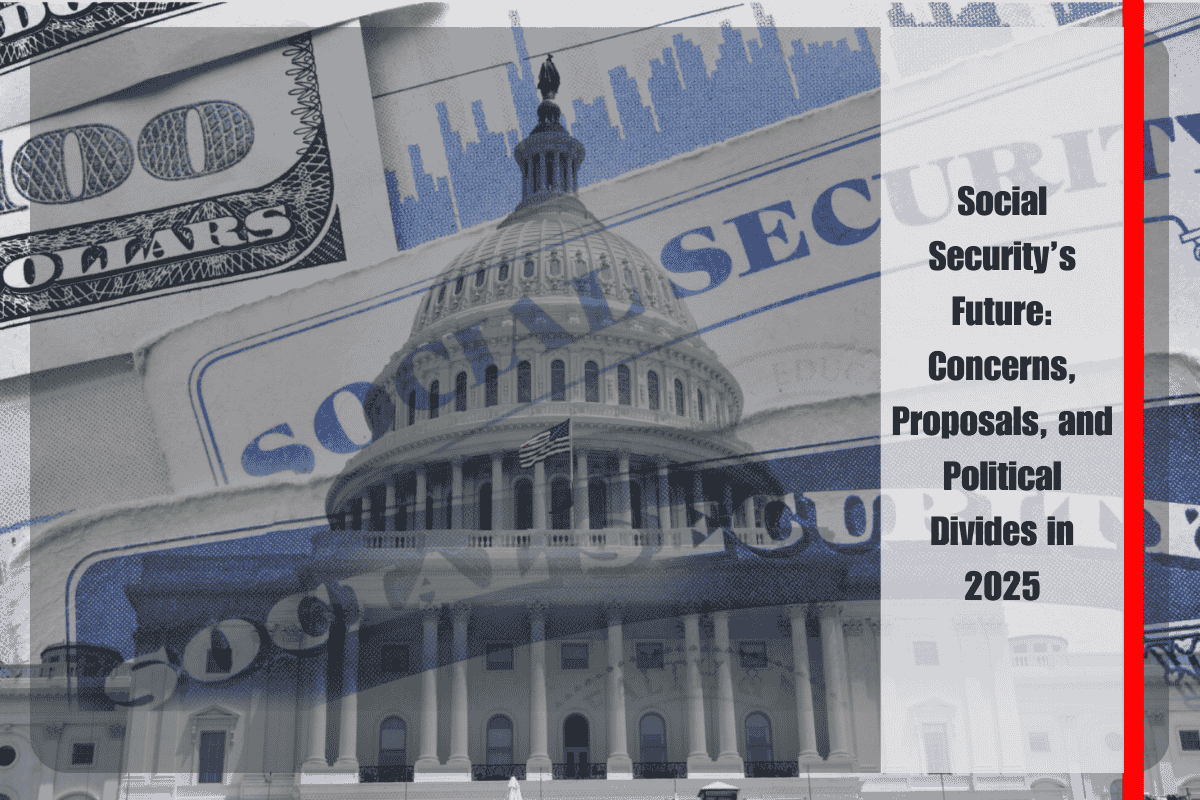As of May 2025, approximately 55.5 million retirees and their families are receiving monthly benefits from the Social Security Administration (SSA). The total payments made to retirees amount to an impressive $108.3 billion. These benefits play a vital role in providing financial security to retirees, but the amount each person receives can vary depending on several factors.
How Much Do Retirees Receive in 2025?
In May 2025, the average monthly Social Security check for retired workers was $2,002.39. This represents an increase of $2.42 from the previous month, marking the first time that the average monthly benefit has exceeded the $2,000 mark. The exact amount a retiree receives depends on various factors, including how much they earned during their working years, the age at which they start claiming benefits, how long they worked, and their marital status.
Social Security Benefit by Age in 2025
While determining the exact amount of your Social Security benefit can be complex, it’s possible to get a good estimate based on the age at which you begin claiming benefits. There are three key ages to consider: 62, 66/67, and 70.
At age 62, you can begin claiming Social Security, but your benefit will be reduced. Age 66 or 67, depending on your year of birth, is considered your full retirement age (FRA), and claiming at this age will allow you to receive your full benefit. If you wait until age 70 to claim, you will receive the maximum possible benefit, as the payment increases for each year you delay your claim beyond FRA.
For 2025, the maximum possible Social Security benefits vary by age:
At 62, the earliest possible retirement age, you would receive $2,831, though this is a reduced payment due to early retirement.
At 66/67, depending on your year of birth, you would receive $4,018, which is the full retirement benefit with no reductions or additional credits.
At 70, the maximum benefit of $5,108 is available, which reflects the increased payment due to delaying retirement and accumulating additional work credits.
How Retirement Payments Will Be Distributed in July 2025
In July 2025, Social Security payments will be distributed on Wednesdays according to your birth date:
If your birthday falls between the 1st and the 10th, you will receive your payment on July 9th.
If your birthday is between the 11th and the 20th, your payment will be on July 16th.
For birthdays between the 21st and 31st, your payment will be on July 23rd.
Recipients who claimed benefits before May 1997 received their payment earlier on July 3rd. These dates are part of the SSA’s monthly distribution schedule, and they are designed to ensure that all recipients receive their benefits in an orderly manner.
Requirements to Maximize Social Security Benefits in 2026
The maximum Social Security check in 2025 is $5,108, but it’s rare for retirees to qualify for this amount. To achieve the maximum benefit, several factors come into play, including earning a high salary, working a long career, and waiting to claim benefits until age 70.
The benefit amount is based on a person’s lifetime earnings, with the highest-earning 35 years being used to calculate the monthly payment. To qualify for the maximum benefit, you would need to have 35 years of work at the maximum taxable income. In 2025, the maximum income subject to Social Security tax is $176,100, and this figure is subject to change each year based on the Cost-of-Living Adjustment (COLA).
If you work fewer than 35 years, the SSA will factor in years with zero earnings, which will lower the average and, in turn, reduce your monthly benefit. Delaying your benefit claim beyond your full retirement age (FRA) is one of the best ways to increase your monthly payment. Every year you delay claiming benefits, your payment increases due to deferred retirement credits, which continue until you reach age 70.
Strategies for Maximizing Your Benefits
If you want to maximize your Social Security benefits, here are a few strategies to consider:
Earn a high salary: Your Social Security benefits are directly tied to your earnings, so working in high-paying jobs and contributing to Social Security taxes will increase your benefits.
Work for at least 35 years: Since the SSA uses your highest 35 years of earnings to calculate your benefits, working longer and ensuring you have 35 years of high income will help maximize your monthly check.
Delay claiming your benefits: Waiting to claim your benefits until age 70 will result in higher monthly payments, as you earn deferred retirement credits for each year you wait.
Social Security benefits are a crucial part of retirement income for millions of Americans. By understanding the average payments by age and taking steps to maximize your benefits, you can better plan for your financial future. Whether you claim your benefits at age 62, 66/67, or 70, each decision can significantly impact the amount you receive. The key to optimizing your benefits lies in working long enough, earning a good salary, and delaying your claim to earn the maximum possible amount. Make sure to consider all of these factors when planning for your retirement to ensure financial stability in your later years.












